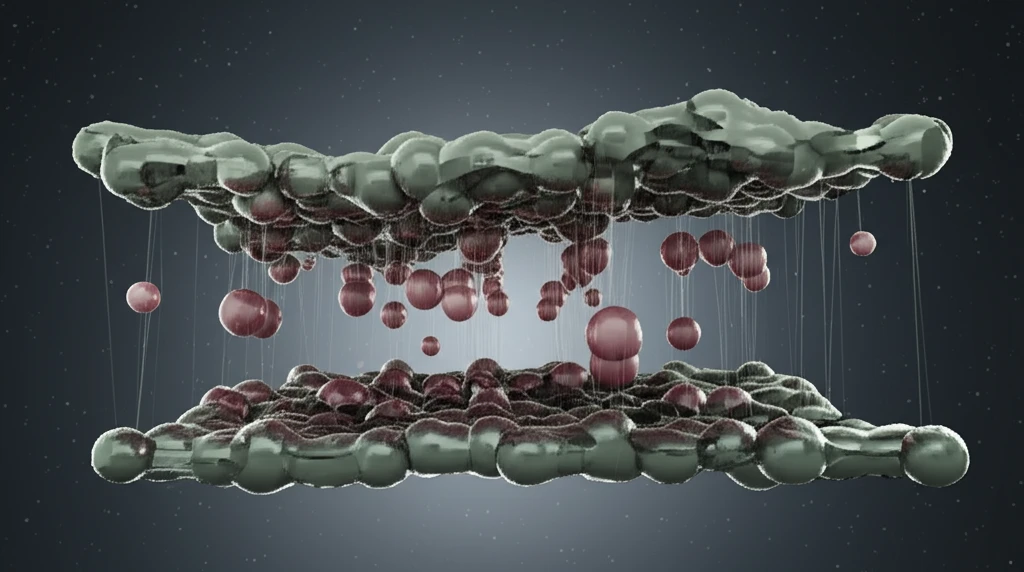
Graphene-Reinforced Composites: The Future of Stronger, Smoother Materials?
"Explore how graphene is transforming materials science, leading to composites with enhanced strength and reduced wear."
For years, scientists have been working hard to improve the materials we use in everything from cars to airplanes. They've discovered that by adding tiny amounts of special ingredients, they can make big changes to how these materials work. One of the most promising ingredients is graphene, a super-thin, super-strong form of carbon.
Graphene is special because it's incredibly strong, yet also very light. When added to other materials, known as a matrix, it can create composites that are stronger and more resistant to wear and tear. Imagine airplane parts that last longer, or car engines that are more efficient – that’s the promise of graphene-reinforced composites.
Recent research has focused on using graphene to enhance a specific type of material called a titanium aluminide (TiAl) matrix. TiAl alloys are already used in aerospace because they are lightweight and maintain their strength at high temperatures. But by adding graphene, scientists are pushing these materials even further, creating composites with improved mechanical and tribological (friction and wear) properties.
How Does Graphene Make Materials Stronger and More Durable?

Researchers investigated how adding graphene to a TiAl matrix affects its strength, toughness, and resistance to friction and wear. They created several composites, each with a different amount of graphene, and then tested them to see how they performed.
- A 129% increase in microhardness
- A 149% increase in fracture toughness
- A 37% decrease in the friction coefficient
- A 78% decrease in the wear rate
The Future of Materials: Graphene Leading the Way?
The research suggests that graphene has the potential to significantly improve the performance of materials used in various industries. While challenges remain, such as optimizing the graphene content and ensuring uniform distribution, the potential benefits are clear. As research continues, we can expect to see graphene-reinforced composites playing an increasingly important role in creating stronger, more durable, and more efficient products.
